What are the common issues that can occur with air showers in cleanrooms?
Air showers play a critical role in maintaining cleanliness in controlled environments, but they can encounter several common issues that may compromise their effectiveness. Understanding these problems can help ensure optimal performance and prolong the lifespan of the equipment. Key issues include inadequate airflow, malfunctioning components, and maintenance challenges.
Inadequate Airflow
One of the most common issues with air showers is inadequate airflow, which can hinder the removal of contaminants. This may result from clogged filters, malfunctioning fans, or improper installation. Regular maintenance and monitoring of airflow rates are essential to ensure that the air shower operates effectively and maintains the required cleanliness standards.
Malfunctioning Components
Air showers consist of various components, such as air jets, control panels, and sensors. Malfunctions in any of these parts can lead to operational failures, impacting the air shower's efficiency. Timely diagnostics and repairs are crucial to maintaining consistent performance and preventing contamination from entering the cleanroom.
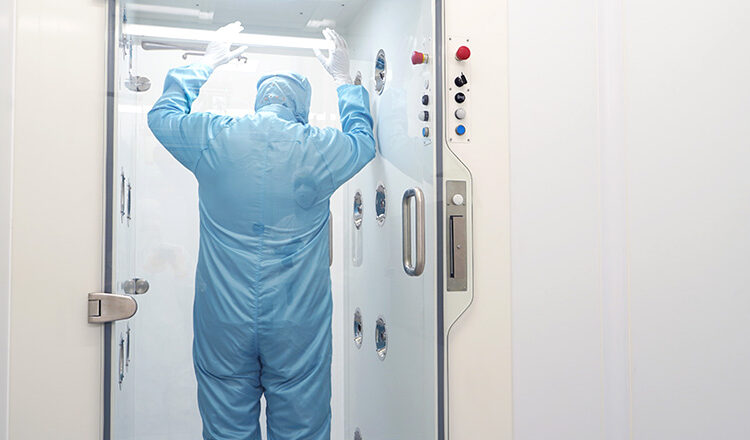
Maintenance Challenges
Proper maintenance is vital for the longevity and effectiveness of air showers. However, challenges such as difficulty accessing certain components or lack of clear maintenance protocols can lead to neglect. Dust and debris may accumulate in hard-to-reach areas, reducing the air shower's efficacy. Implementing a structured maintenance schedule and providing adequate training for personnel can help ensure that air showers remain in optimal condition, thereby safeguarding the cleanroom environment from potential contamination risks. Regular inspections and filter replacements are also essential parts of effective maintenance.
What are some common cleanroom contaminants from air?
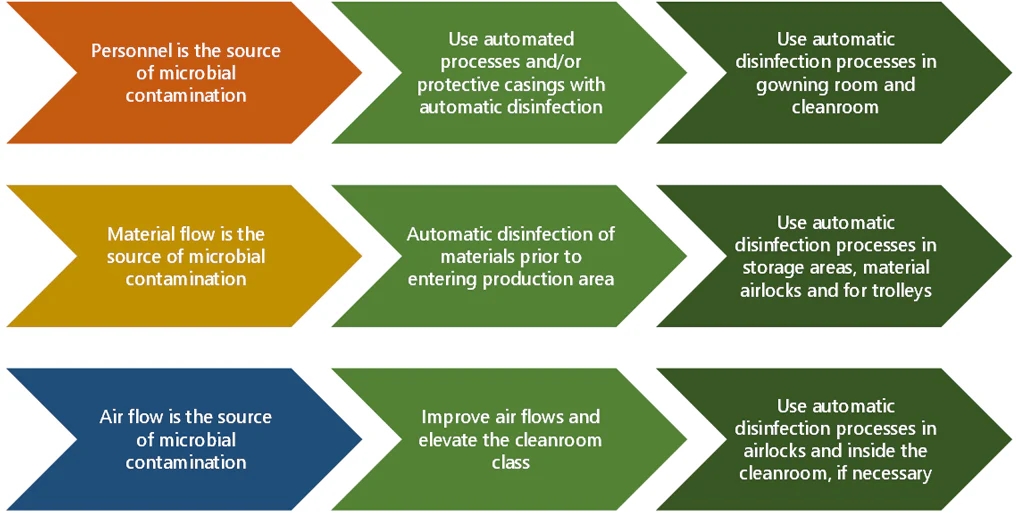
Common cleanroom air contaminants include dust, microorganisms, chemical vapors, and volatile organic compounds (VOCs), which can adversely affect product quality and experimental results.
1. dust particles
Dust particles are a primary concern in cleanrooms. They can originate from human activity, equipment, or the environment. Even microscopic particles can compromise sensitive processes, making rigorous air filtration essential.
2. Microorganisms
Microbial contamination is another significant issue. Bacteria, fungi, and viruses can thrive in various environments and pose serious risks in pharmaceutical and biotechnology cleanrooms. Regular monitoring and control measures are necessary to prevent microbial growth.
3. Chemical Vapors
Chemical vapors from cleaning agents or materials can also contaminate cleanroom air, impacting both worker safety and product integrity. Careful selection and handling of chemicals are crucial to minimize this risk.

4. Volatile Organic Compounds (VOCs)
VOCs are emitted from various sources, including adhesives, coatings, and solvents. Their presence can lead to contamination and health issues. Proper ventilation and air filtration are needed to manage VOC levels effectively.
Related Standards and Regulations
ISO 14644-1: Classification of cleanrooms and controlled environments
Good Manufacturing Practice (GMP) standards
FS209E: Cleanroom standards
Are air showers effective?
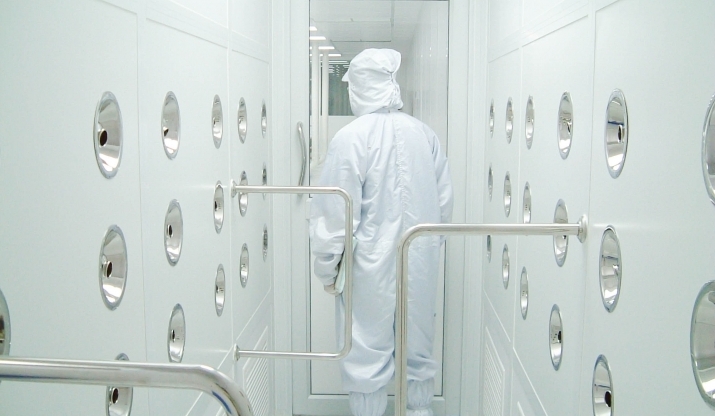
Air showers are highly effective in reducing contaminants before personnel or materials enter cleanrooms. By using high-velocity air jets, they dislodge particles from surfaces, ensuring a cleaner environment.
The efficiency of air showers depends on factors such as airflow speed, design, and maintenance. Properly functioning air showers can significantly lower the risk of contamination.
Many cleanroom protocols emphasize the importance of air showers as part of the overall contamination control strategy. Regular testing and validation help maintain their effectiveness.
What filter is in place to meet particular requirements for A Clean Room?
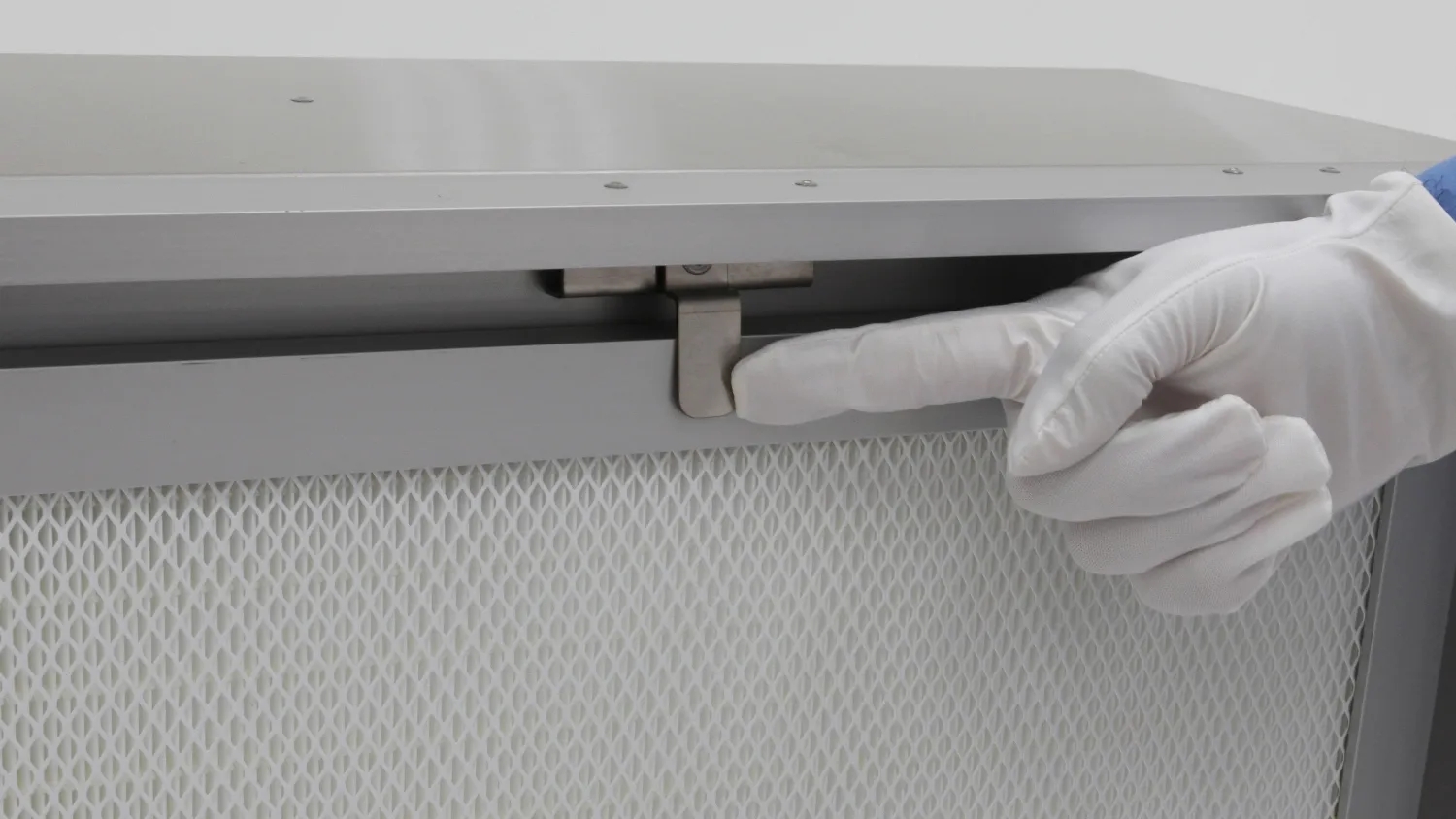
Cleanrooms typically utilize HEPA or ULPA filters to maintain stringent air quality standards.
HEPA Filters
HEPA (High-Efficiency Particulate Air) filters capture 99.97% of particles that are 0.3 microns or larger. They are essential for most cleanroom applications, effectively removing dust, pollen, and microorganisms from the air.
ULPA Filters
ULPA (Ultra-Low Penetration Air) filters offer even higher efficiency, capturing 99.999% of particles down to 0.12 microns. These filters are often used in environments requiring the highest levels of cleanliness, such as Semiconductor manufacturing and pharmaceutical production.
Filter Maintenance
Regular maintenance and replacement of filters are critical to ensure they continue to perform effectively. Monitoring air quality and pressure differentials can help identify when filters need attention.
How do you choose the right air shower for your cleanroom environment?
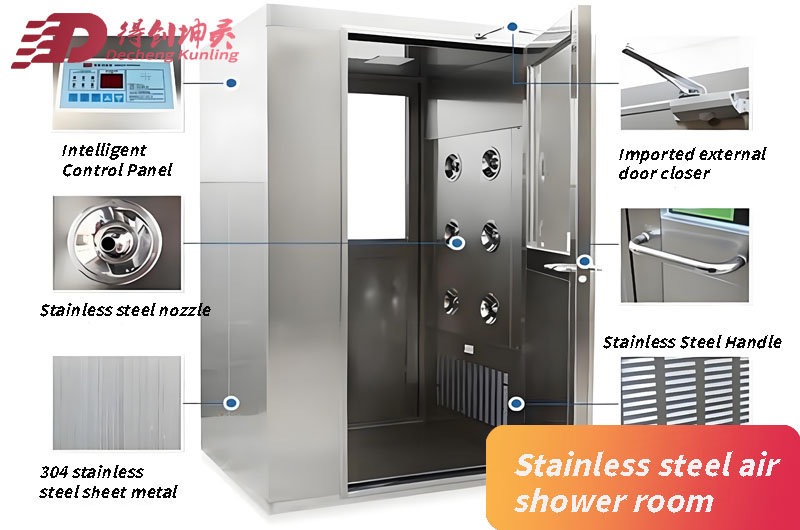
Choosing the right air shower involves considering the CleanRoom Classification, the number of personnel using it, and the specific contamination control requirements.
The material of the air shower is also important. Options include 201 stainless steel, 304 stainless steel, painted steel, and color-coated panels, each offering different benefits in terms of durability and corrosion resistance.
Another consideration is the design. Options include single-person, double-person, multi-person, and specialized configurations like corner air showers and Cargo air showers, which should be selected based on the layout and workflow of the cleanroom environment.
 +86 18186671616
+86 18186671616 Jason@cleanroomequips.com
Jason@cleanroomequips.com
 MENU
MENU


